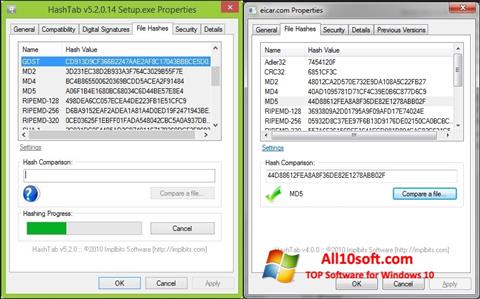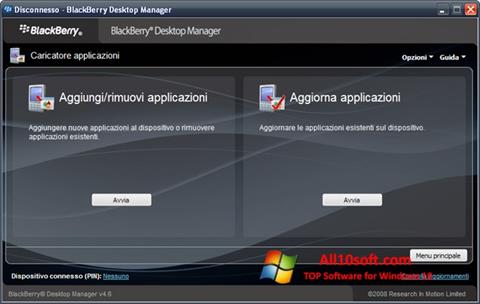

Let’s calculate the hash value with SHA-2 256. Here the output is from the command line on macOS using the Terminal.app, but you can see that the ship.jpg hash value is the same as we got from PowerShell earlier: However, when we calculate the value with MD5 we get a collision, falsely indicating that the files are identical. For example, the contents of the following two files, ship.jpg and plane.jpg are clearly different, as a simple visual inspection shows, so they should produce different message digests. The possibility of producing a collision is small, but not unheard of, and is the reason why more secure algorithms like SHA-2 have replaced SHA-1 and MD5.

If two different files could produce the same digest, we would have a “collision”, and we would not be able to use the hash as a reliable identifier for that file. What it does allow you to do, however, is determine whether two files are identical or not without knowing anything about their contents.įor this reason, the idea that the result is unique is fundamental to the whole concept of hashes. Hashes cannot be reversed, so simply knowing the result of a file’s hash from a hashing algorithm does not allow you to reconstruct the file’s contents.
#Hashtab windows 10 mac#
As we’ll see in a moment, regardless of whether you’re using Windows, Mac or Linux, the hash value will be identical for any given file and hashing algorithm. Passing the result to Format-List also gives a more reader-friendly output:įor Mac and Linux users, the command line tools shasum and md5 serve the same purpose. You can change to another algorithm by specifying it after the filepath with the -Algorithm switch. By default, it will use the SHA-2 256 algorithm: To calculate a file’s hash in Windows 10, use PowerShell’s built in Get-FileHash cmdlet and feed it the path to a file whose hash value you want to produce. The result is the file’s hash value or message digest.

As every file on a computer is, ultimately, just data that can be represented in binary form, a hashing algorithm can take that data and run a complex calculation on it and output a fixed-length string as the result of the calculation. These algorithms essentially aim to produce a unique, fixed-length string – the hash value, or “message digest” – for any given piece of data or “message”. Hashes are the output of a hashing algorithm like MD5 (Message Digest 5) or SHA (Secure Hash Algorithm). In this post, we’ll take a look at some of those as we explore what a hash is and how it works. Some legacy AV solutions rely on them almost exclusively for detection purposes, but even though that is a rather limited and easily defeated way to detect modern malware, hashes still have great value for establishing identity and are used in many different ways. These long strings of apparently random numbers and letters are generated and used in several important ways. One concept that you will meet time and time again in any discussion of cybersecurity is the concept of a hash.


 0 kommentar(er)
0 kommentar(er)
